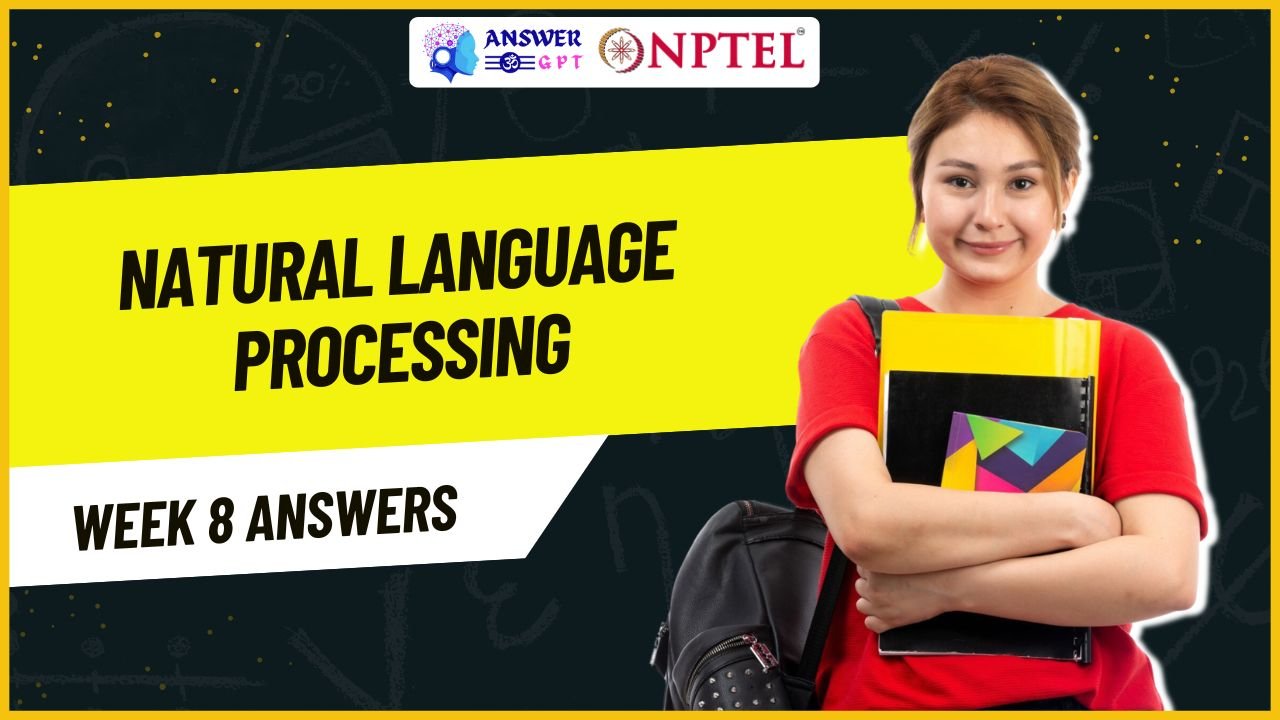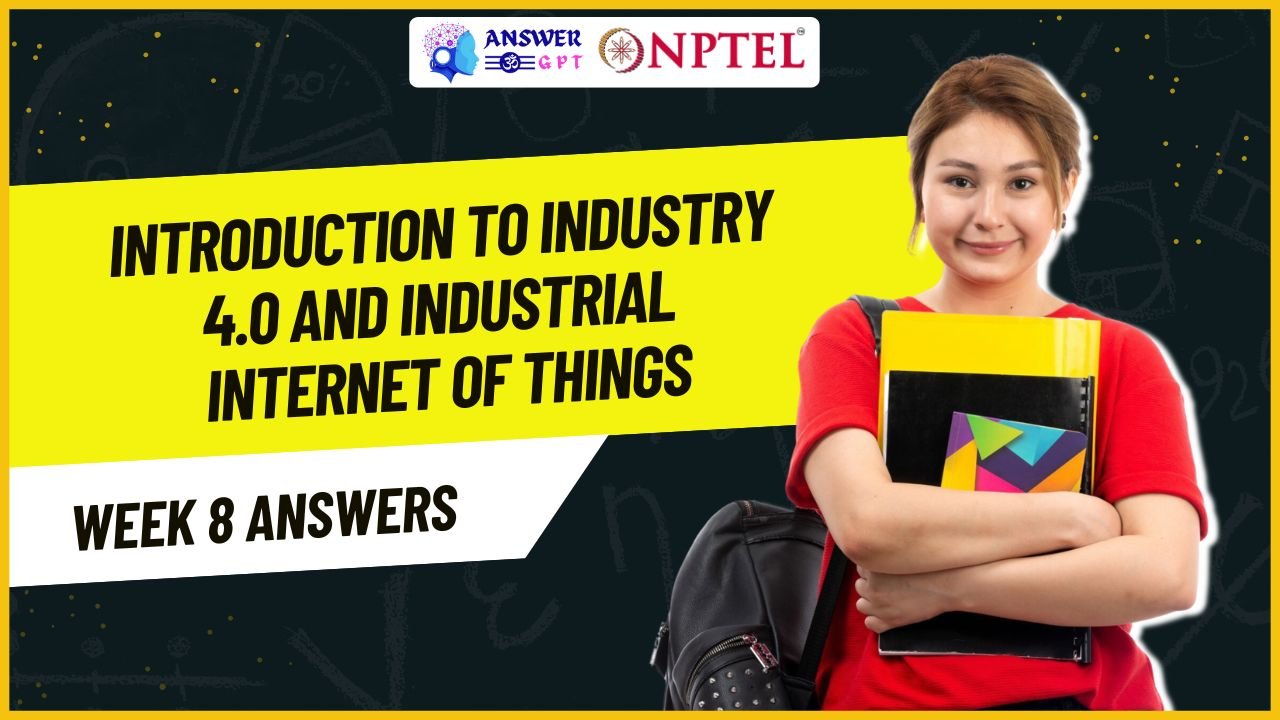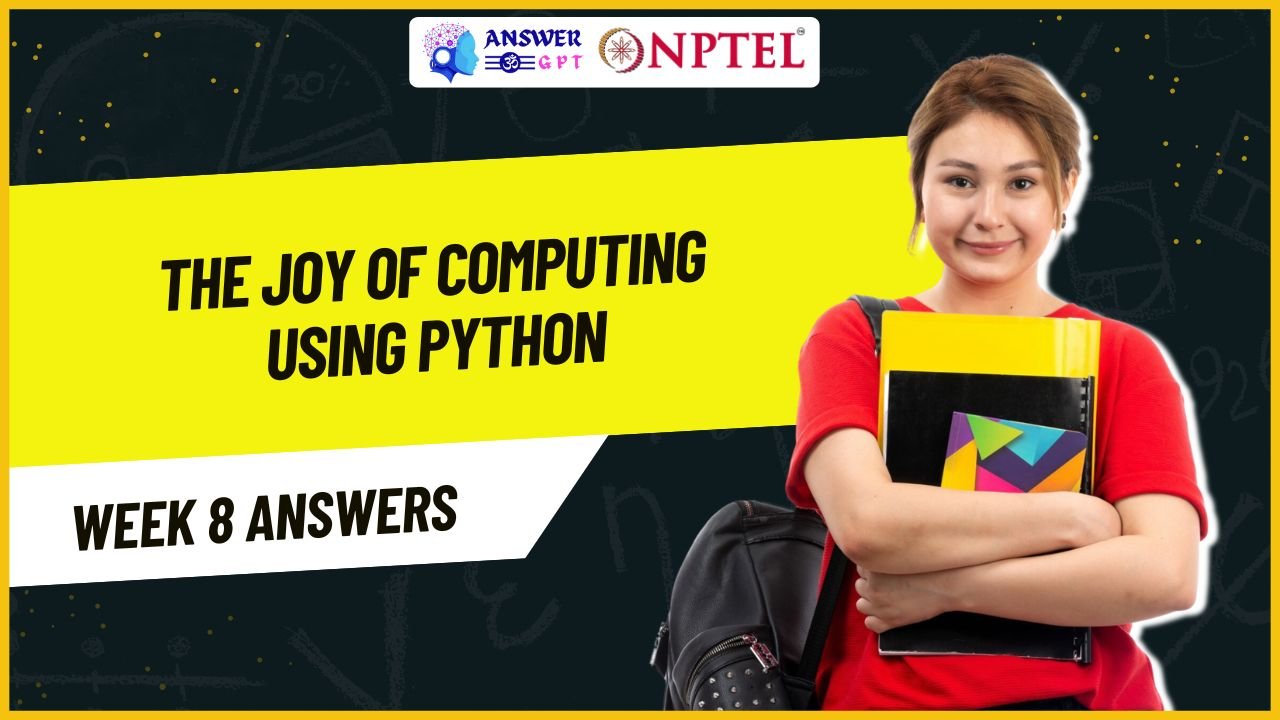AI in Marketing Week 8 NPTEL Assignment Answers 2025
NPTEL AI in Marketing Week 8 Assignment Answers 2024
1. Which one of the following is the correct sequence for hyper-personalization customer journey map for financial sector?
a. Researching financial products → Meeting a financial advisor → Developing a personalized offer.
b. Developing a personalized offer → Researching financial products → Meeting a financial advisor.
c. Meeting a financial advisor → Researching financial products → Developing a personalized offer.
d. Meeting a financial advisor → Developing a personalized offer → Researching financial products.
Answer: a
Explanation: Customers typically begin by researching financial products, then seek guidance from an advisor, and finally receive a personalized offer. This reflects the natural flow from awareness to decision-making.
2. Which one of the following is not a hyper-personalization risk?
a. Reduced serendipity
b. Loss of human touch
c. Excessive loss of budget
d. Bias amplification
Answer: c
Explanation: Budget concerns are not a direct risk of hyper-personalization. The real risks involve user experience and ethical implications like loss of spontaneity, human interaction, or AI bias.
3. What do we mean by content ingestion as per using AI in B2B e-commerce?
a. Remove duplicate content and identify inaccurate product information.
b. Translate technical specifications into customer-friendly language.
c. Integrating your content and data, whatever the format or source.
d. Organize and standardize data for easy searching.
Answer: c
Explanation: Content ingestion refers to the process of collecting and integrating data/content from various formats and sources into a unified system for AI processing.
4. Which one of the following is not a step for implementing AI for personalized B2B customer experience?
a. Train Your AI Algorithms.
b. Choose the most advanced AI tools.
c. Test and Refine Your AI.
d. Identify Your Goals.
Answer: b
Explanation: The focus should be on appropriate and goal-aligned tools, not necessarily the most advanced ones. Choosing tools just because they are advanced doesn’t ensure effectiveness.
5. Which one of the following is not one of the key phases of product development lifecycle for managers?
a. Validate and support.
b. Design, build and document.
c. Assess and prepare.
d. None of the above.
Answer: d
Explanation: All the given phases are part of the product development lifecycle; hence, “None of the above” is the correct choice.
6. Which one of the following is not an activity in the phase “Assess and prepare” of the product development lifecycle for managers?
a. Assess merit of developing the product.
b. Evaluate data and system outcomes to minimize fairness harms.
c. Assemble diverse teams with defined roles.
d. Include input from domain experts and impacted groups.
Answer: b
Explanation: Evaluating fairness harms typically comes later in development. The other options align with the “Assess and prepare” phase focused on planning and early evaluation.
7. Which one of the following is not a key task to better appreciate the customer experience and its potential deficits?
a. Identify each channel and touch point.
b. Ensure touch points create a congruent experience.
c. Consider the whole service including third-parties.
d. Maximize the contact duration of each touch point.
Answer: d
Explanation: Longer contact duration doesn’t guarantee a better experience. It’s about quality and coherence, not time spent.
8. Which of the following tool does the Indian company “Lenskart” use on their mobile app for personalization experience?
a. Augmented Reality
b. Virtual Reality
c. Mixed Reality
d. Sentiment Analysis
Answer: a
Explanation: Lenskart uses Augmented Reality to let users virtually try on glasses, enhancing personalized shopping.
9. What are the characteristics of intelligent pricing?
a. Human-centered and mostly transparent pricing.
b. Human-centered and mostly non-transparent pricing.
c. Machine-generated and mostly non-transparent pricing.
d. Machine-generated and mostly transparent pricing.
Answer: d
Explanation: Intelligent pricing is often automated (machine-based) and aims to maintain transparency for trust and compliance.
10. According to the 2×2 pricing matrix (speed vs. source), which pricing type uses minimum price discrimination based on static rules (e.g., weekend pricing)?
a. Intelligent pricing
b. Personalized pricing
c. Rule-based pricing
d. Dynamic pricing
Answer: d
Explanation: Dynamic pricing involves real-time changes but can also use simple static rules like higher weekend prices, making it the correct choice here.

![[Week 1-12] NPTEL AI in Marketing Assignment Answers 2025](https://answergpt.in/wp-content/uploads/2025/01/AI-in-Marketing-2025.jpg)

![[Week 1-12] NPTEL AI in Marketing Assignment Answers 2024](https://answergpt.in/wp-content/uploads/2024/02/NPTEL-AI-in-Marketing-Assignment-Answers-2024.jpg)


